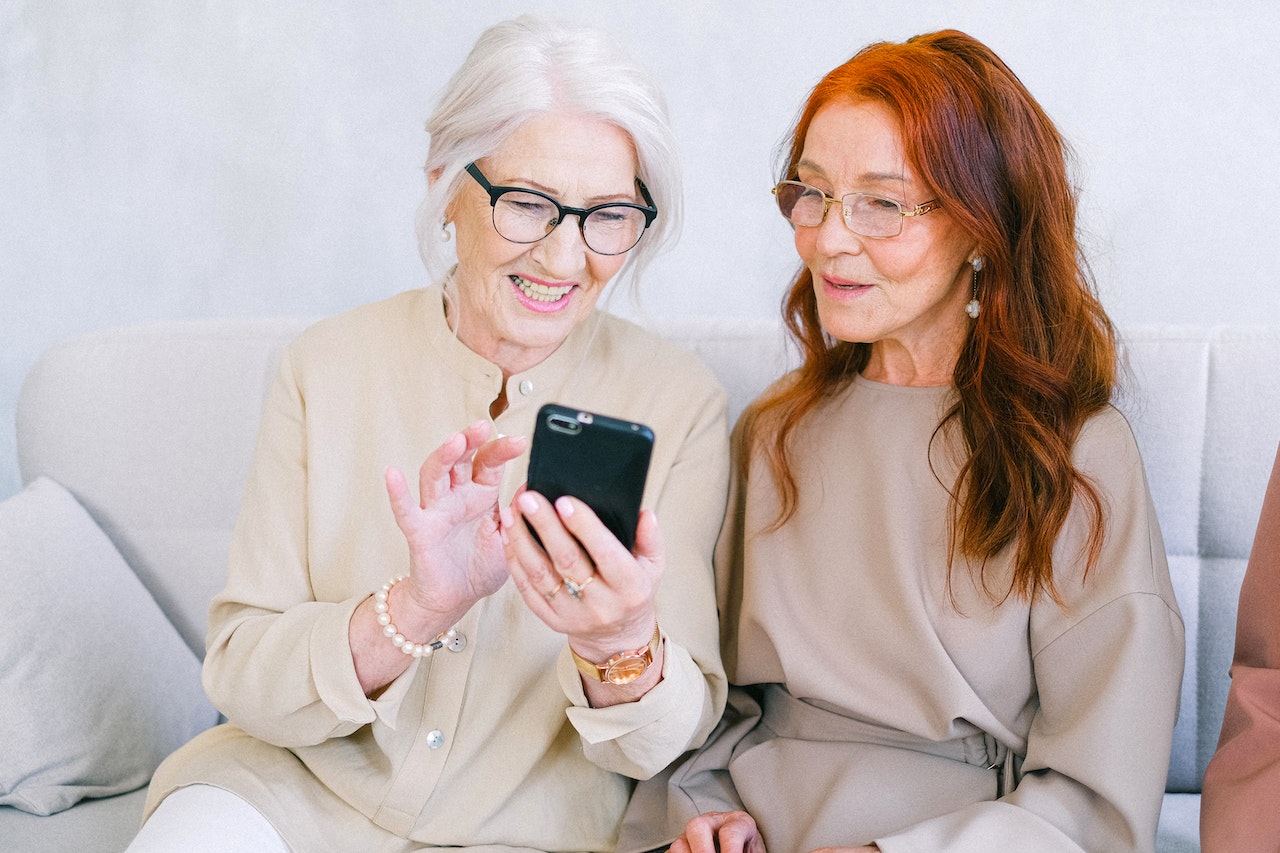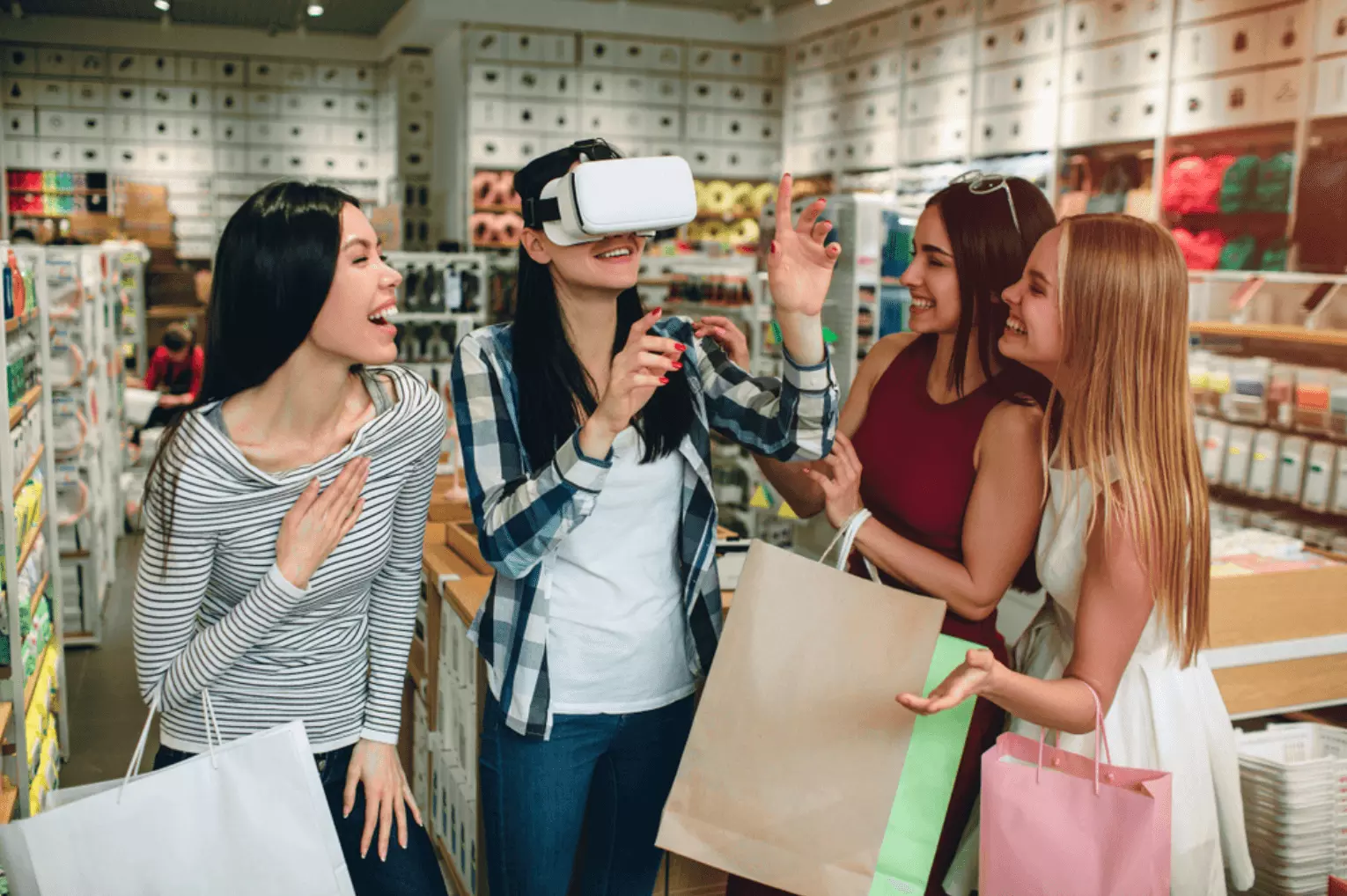Comments
- No comments found

Technological advancements have profoundly reshaped the relationship between fashion brands and their consumers in recent years.
The ascent of social media, e-commerce platforms, and data analytics has heralded a novel phase of engagement and interaction. This progress empowers brands to forge direct links with their intended audience, harnessing bespoke content, pinpoint ad strategies, and immediate communication.
Social platforms serve as virtual runways, enabling brands to showcase their products and ethos while fostering a sense of community.
And consumers have evolved from passive buyers to active contributors. User-generated content, reviews, and influencer collaborations shape brand perception. With augmented reality (AR) and virtual reality (VR), shopping becomes an immersive experience. Customers can try on products virtually and engage with brands in a new way.
In this article, I will explore the rise of e-commerce and augmented reality in fashion. We’ll also delve into:
How big data is providing valuable insights for fashion brands?
The digital revolution of dress rental services.
The role of technology in promoting sustainability in fashion.
What the future holds for retail.
Technological advancements are changing how we shop and how we interact with and perceive fashion as a whole.

One of the biggest challenges for online shopping has been the need for the try-on experience and physical touch with fabrics and materials. AR technology has emerged as a dynamic solution to this challenge. By integrating AR tools into e-commerce platforms, customers can virtually try on garments and accessories before committing to a purchase.
Through smartphones or other devices, shoppers can visualize how a particular item looks and fits in real-time, immediately addressing concerns about sizing and fit.
This innovative approach benefits both consumers and businesses. Customers win by gaining a more accurate understanding of the products they're browsing, which reduces the likelihood of returns. Brands win with increased customer satisfaction and improved operational efficiency.
AR-driven virtual try-ons also enhance customer engagement, making the shopping interactive and more enjoyable. As AR technology evolves, this seamless integration is poised to become standard practice across the fashion industry. This trend redefines online shopping and underscores how technology fundamentally transforms consumer behaviors.
Fashion brands can harness data from various sources– from social media and online searches and browsing and search histories. This information gives brands valuable insight and a wealth of detail on customer preferences, from color and style choices to material tastes. Brands can use these behavioral patterns to predict emerging trends and tailor collections to meet demands. This data-driven approach reduces the risk of producing items that miss the mark.
Marketing strategies are also becoming increasingly personalized. Brands can craft campaigns that resonate with specific demographics by utilizing data to understand which channels and messages have the most impact. This allows for a more accurate resource allocation, generating higher engagement rates.
Big data and analytics provide brands with information and insights to anticipate shifts in consumer sentiments, whether it's a growing interest in sustainability or more ethical production. This allows them to align their practices with consumer values, fostering stronger brand-consumer relationships.
Digital platforms have recently sparked a revolution regarding dress rental services. Dress rentals have undergone a digital makeover, no longer confined to brick-and-mortar stores, offering benefits that redefine the experience.
One notable feature of this transformation is the incorporation of data-driven recommendations. These platforms curate personalized dress options that align perfectly with the customer's style and occasion through sophisticated algorithms that analyze user preferences, previous choices, and upcoming events. This level of personalization goes beyond the capabilities of even traditional dress rental shops, which enhances convenience and user satisfaction.
Virtual fitting rooms have further changed the game regarding technological innovations in fashion. By utilizing AR technology, customers can visualize themselves wearing different dresses before selecting them. This virtual try-on experience enables renters to assess how the dress fits, drapes, and complements their appearance. This minimizes the uncertainty with online dress rentals and reduces the likelihood of returns due to poor fit.
The intersection of fashion, technology, and sustainability is helping to redefine the industry's approach to eco-friendly practices. Innovations such as using recycled materials can play pivotal roles in a promotional environmentally conscious fashion.
Recycled materials have emerged as a hope for more sustainable fashion. Technology enables the transformation of discarded materials into new fabrics, which reduces waste and minimizes the industry's environmental footprint. This approach conserves resources and addresses the issue of textile landfill waste.

Looking ahead, the future landscape of fashion retail is an exciting prospect for technology lovers. With more interactive engagements and personalized service, technology will only continue to change how we interact with brands and the purchases we make. With the continuous evolution of AI, data analytics, and virtual reality, the relationships between consumers and brands will become more individualized and intimate.
Envision AI-driven personal shopping assistances that assemble collections based on unique preferences and past selections. It's only going to enrich the online shopping experience.
With a more immersive experience, thanks to personalized recommendations and virtual try-ons, consumers will uniquely interact with products and brands. This will allow technology to empower consumers with the insights they need to shop smart and brand interactions that nurture loyalty.
Luke Fitzpatrick has been published in Forbes, Yahoo! News and Influencive. He is also a guest lecturer at the University of Sydney, lecturing in Cross-Cultural Management and the Pre-MBA Program. You can connect with him on LinkedIn.
Leave your comments
Post comment as a guest